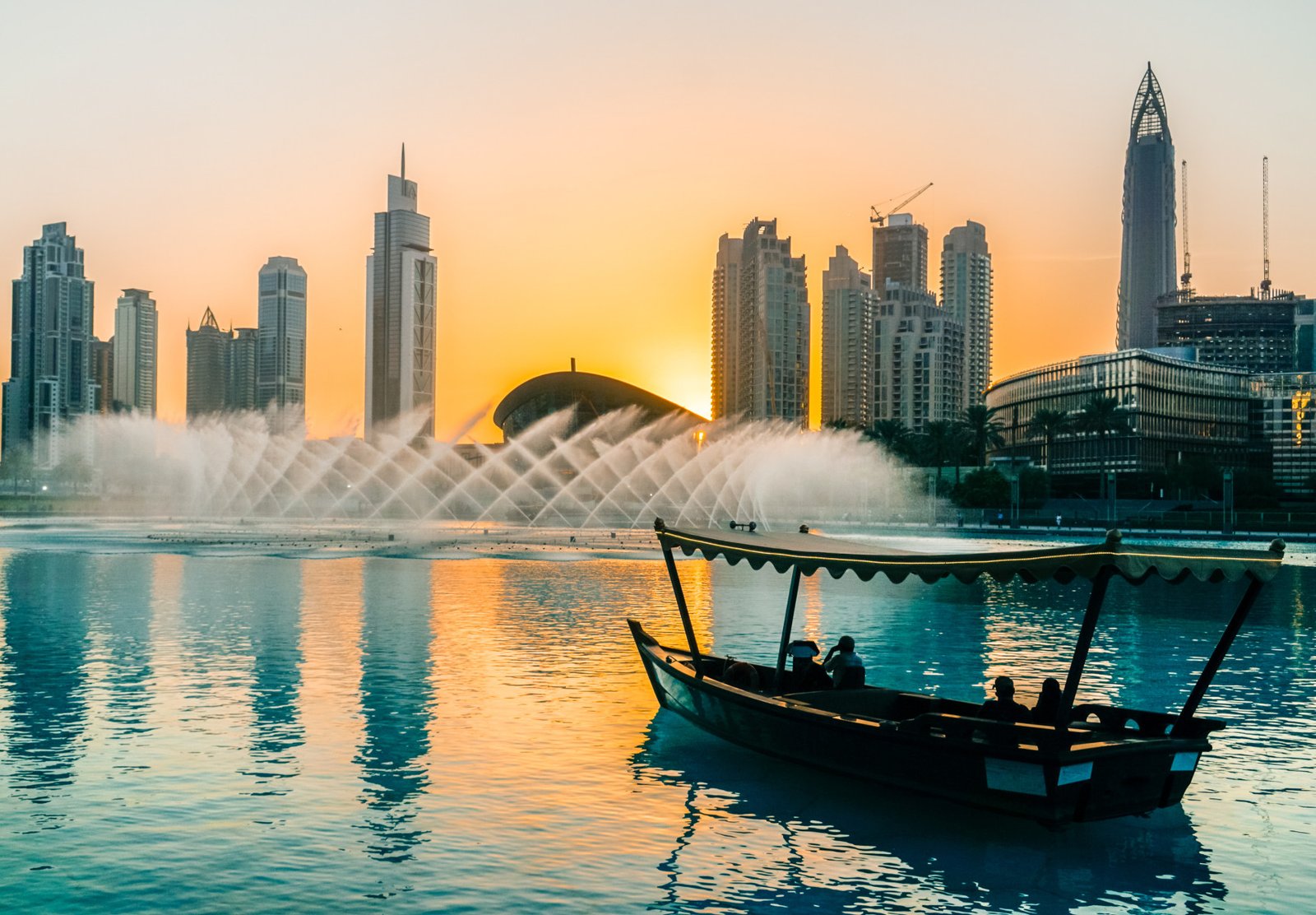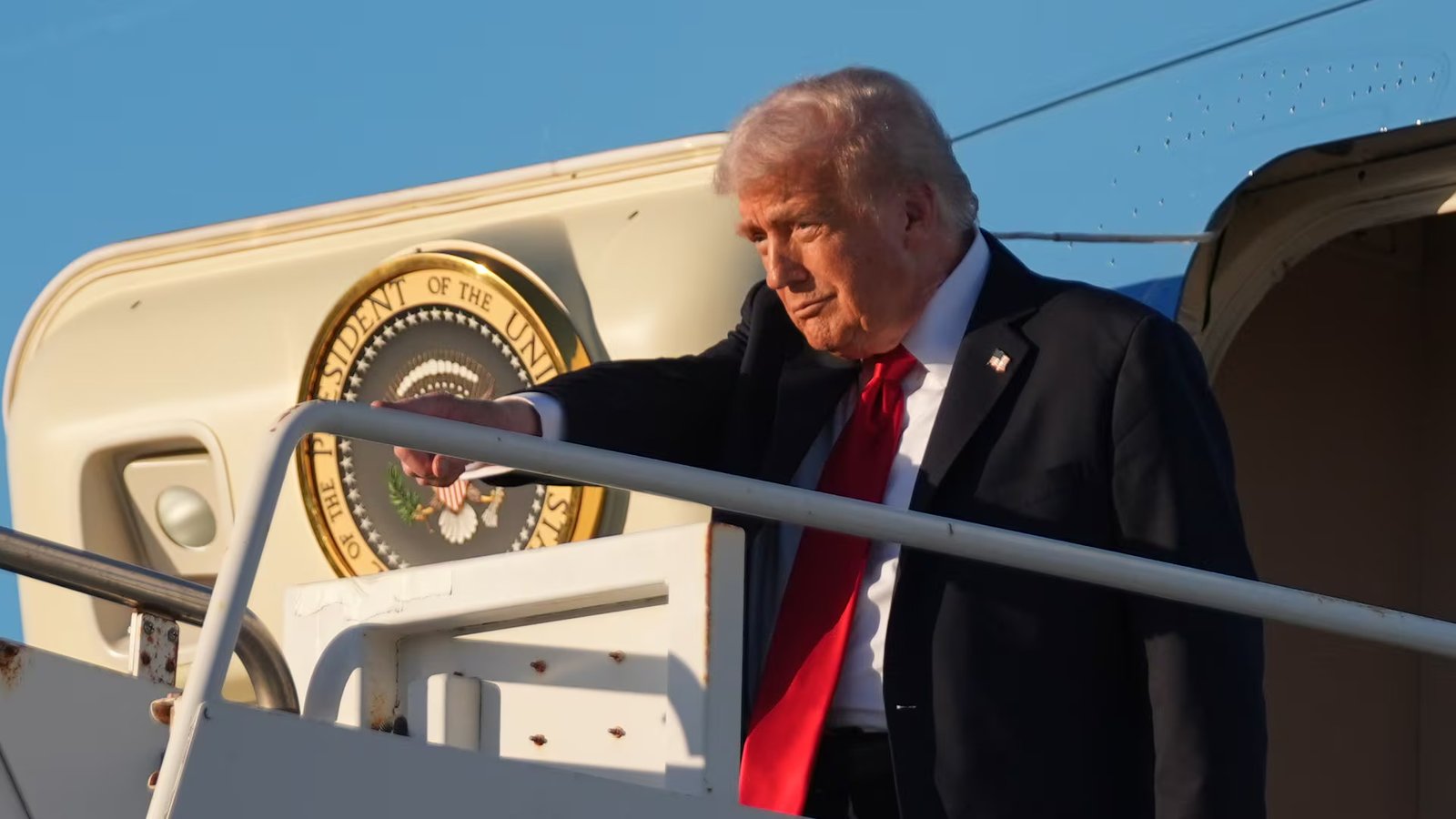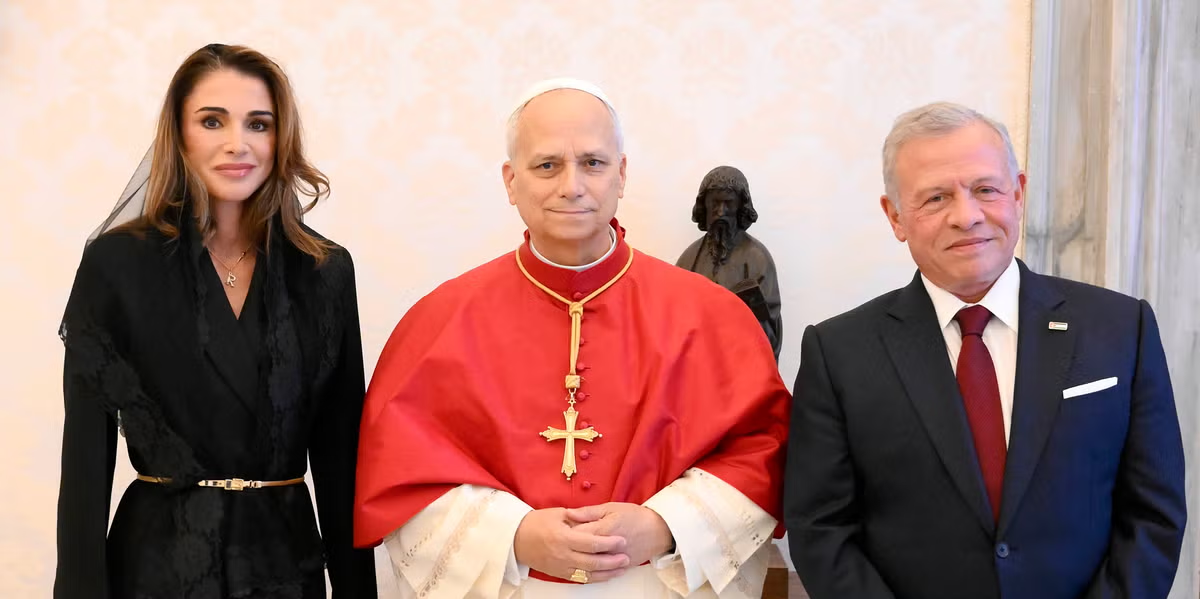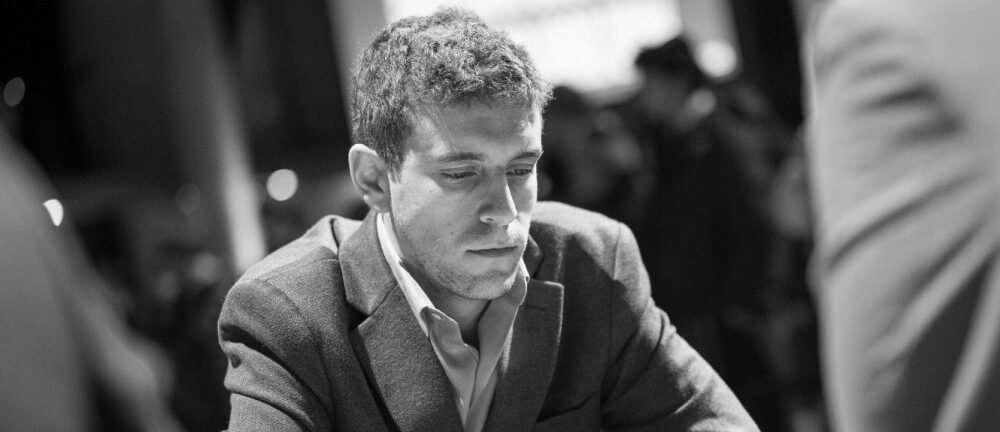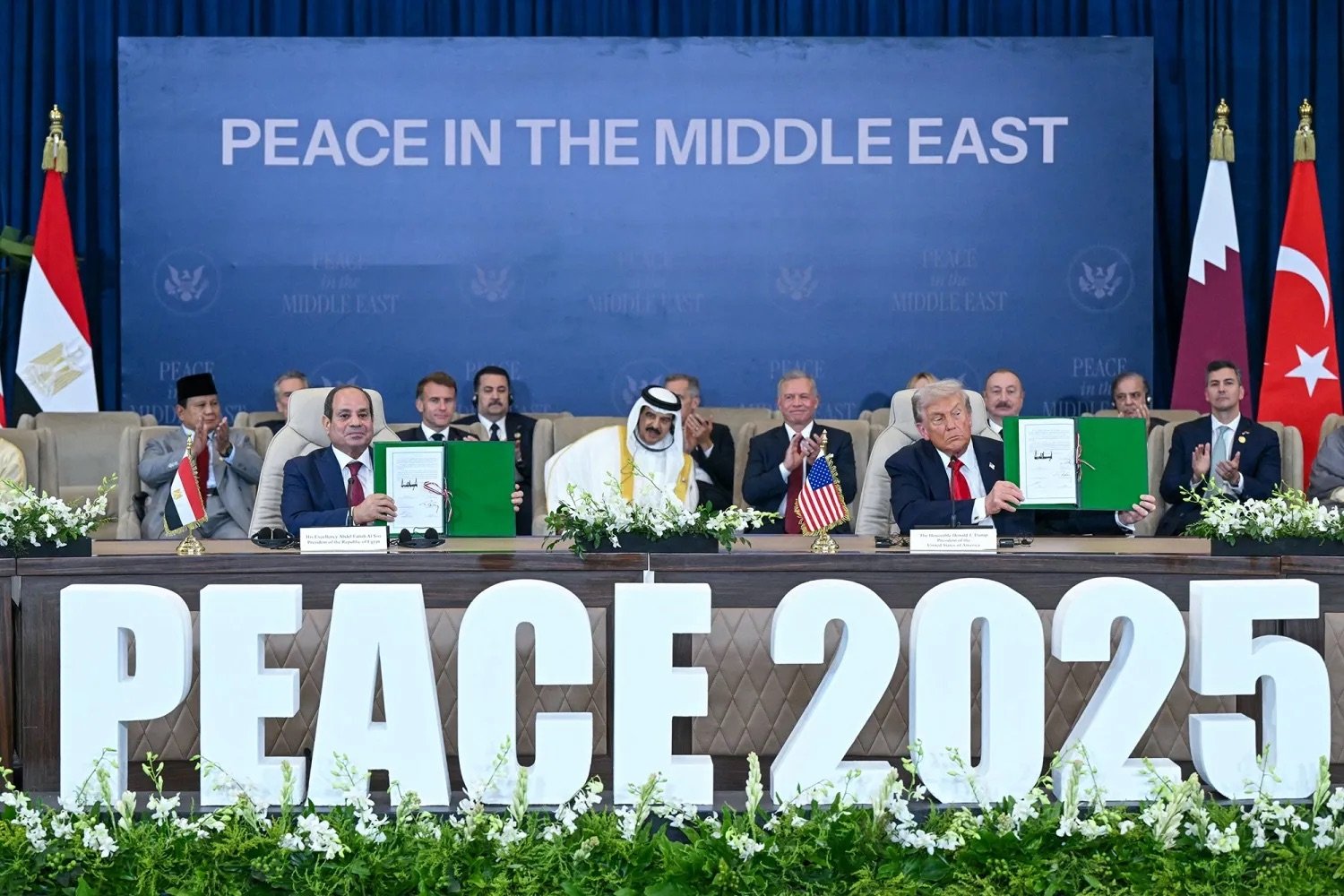In a move that aims to definitively end one of the century’s most intractable conflicts, President Donald Trump is set to travel to Egypt to participate in a summit of world leaders for the signing of a Gaza peace agreement, according to Egyptian and American officials.
The planned ceremony, expected Tuesday in this Red Sea resort city, represents the most significant foreign policy achievement of Mr. Trump’s presidency. It follows his announcement that Israel and Hamas had agreed to the first phase of a ceasefire, halting a bloody, two-year war that has devastated the Gaza Strip.
The summit is designed to marshal international support for the deal, transforming a fragile truce into a structured, post-war reality with global guarantors.
The Road to Sharm El Sheikh
The agreement was forged after lengthy, high-stakes negotiations in Sharm el-Sheikh, spearheaded by Mr. Trump’s Middle East envoy, Steve Witkoff, and his son-in-law and senior adviser, Jared Kushner. They worked alongside mediators from Qatar and Egypt in a diplomatic channel that largely bypassed traditional structures.
Mr. Trump’s itinerary underscores that the deal’s architects, he will first visit Israel on Monday, where he is scheduled to meet with Prime Minister Benjamin Netanyahu and deliver an address to the Knesset, a rare honor for a foreign leader. He will then travel to Egypt to be received by President Abdel Fattah el-Sisi.
In a phone call discussed in an Egyptian government statement, Foreign Minister Badr Abdelatty and U.S. Secretary of State Marco Rubio discussed final preparations for the summit, which Mr. Rubio described as a “unique historic event.”
A Coalition of the Willing
The administration has worked to assemble a broad coalition to legitimize and enforce the peace. Leaders or senior ministers from a diverse group of nations, including Germany, Spain, France, the United Kingdom, Italy, Qatar, the United Arab Emirates, Jordan, Turkey, Saudi Arabia, Pakistan, and Indonesia, are expected to attend.
A German government spokesman confirmed that Chancellor Friedrich Merz had “gratefully accepted” the invitation, while Spanish media reported that Prime Minister Pedro Sánchez will attend the ceremony. The presence of key Arab and European powers is seen as critical to the plan’s long-term viability.
The attendance of Mr. Netanyahu, however, remains uncertain, hinting at the political complexities the Israeli leader faces at home.
The Architecture of an Uncertain Peace
While the ceasefire currently holds, the summit aims to finalize the most complex parts of the Trump administration’s plan. The blueprint proposes a new security structure for Gaza: Israel would keep a military presence along its border, while an international force—mainly composed of Arab and Muslim troops—would handle internal security.
At the same time, the United States would lead a large, internationally funded effort to rebuild the war-damaged enclave.
Analysts say the summit is key to turning the plan into practical, on-the-ground actions. “The deal gives the people of the region, particularly the Palestinian people, hope,” emphasized the Egyptian foreign minister, highlighting the importance of implementing the agreement in all its stages.
For President Trump, traveling to Sharm El Sheikh is a high-stakes move on the world stage. It is an attempt to secure a legacy-defining agreement that has eluded past leaders. In the coming days, it will become clear whether the signatures in Egypt mark a real turning point or just a temporary pause in a long-standing conflict.
Gaza War Declared Over as Ceasefire Pact Signed at Sharm El Sheikh Summit


